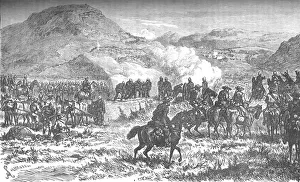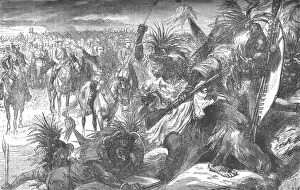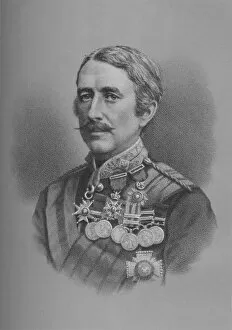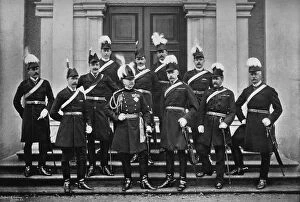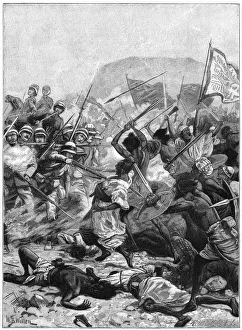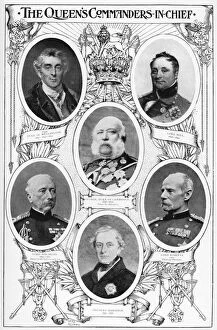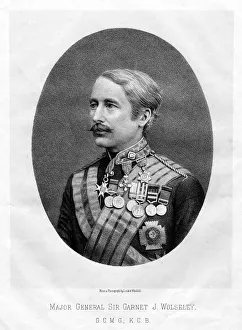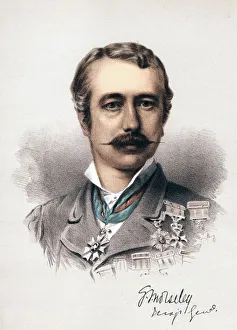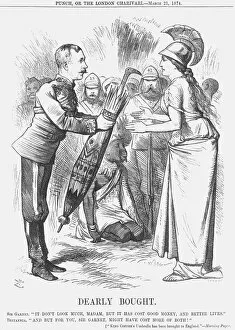Garnet Joseph Collection
Garnet Joseph Wolseley, a prominent British soldier and field marshal, left an indelible mark on history with his strategic prowess and leadership
All Professionally Made to Order for Quick Shipping
Garnet Joseph Wolseley, a prominent British soldier and field marshal, left an indelible mark on history with his strategic prowess and leadership. Born in 1833, he rose through the ranks to become one of Queen Victoria's most trusted commanders. In the late 19th century, Sir Garnet Wolseley played a pivotal role in various military campaigns. One such instance was during the Battle of Laings Nek in 1880 when he valiantly covered the retreat of the fifty-eighth regiment. His unwavering determination earned him admiration from all who witnessed his bravery. Another significant event was the storming of Sekukunis Stronghold where Sir Garnet Wolseley cheered on the Swazies with infectious enthusiasm. His ability to inspire those around him made him an exceptional leader both on and off the battlefield. During his time at Ulundi, Sir Garnet Wolseley established a camp where Zulus voluntarily surrendered their arms. This act showcased not only his military prowess but also his diplomatic skills as he fostered peace between conflicting parties. Throughout his illustrious career, Lord and Lady Wolseley stood by their husband's side. In a captivating photograph taken between 1882-85 they can seen with their daughter exuding elegance and grace that befit their esteemed status. Sir Garnet Joseph Wolseley's contributions were recognized even beyond battlefields. He held several high-ranking positions within the British army including Lieutenant-General and Major-General while being knighted for his services as well. His legacy continued to thrive as evidenced by portraits like "The Bonny Men Led The Advance" painted by Richard Caton Woodville II in 1902 or "Lord Wolseley and headquarters staff in Ireland" captured by J Robinson & Son in 1896. These artistic representations immortalized moments that defined Sir Garnet's career.



